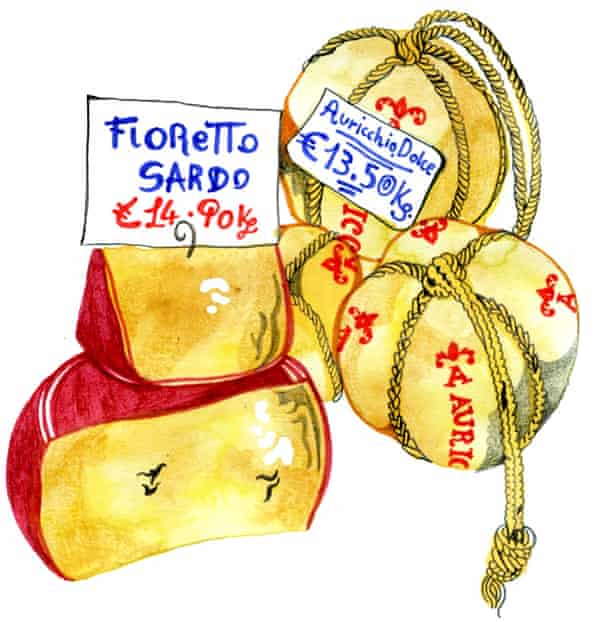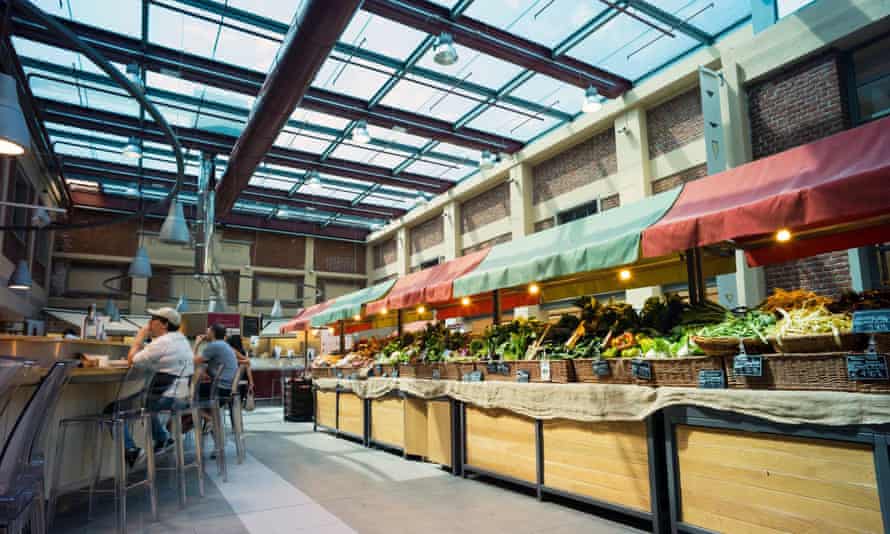Silvia Ceriani lives in Turin and works for the Slow Food movement on events such as Terra Madre, Slow Cheese and the Slow Wine Fair
Food

Nothing in Turin compares to the spectacle put on each Saturday at Porta Palazzo market. Out in the main square, outside the two covered markets, are raucous fishmongers and the cheapest fruit and vegetables stalls. My advice is to forget the modern Mercato Centrale – it’s more a trumped-up restaurant mall trying to look like Barcelona’s famous Boqueria – and head for the Antica Tettoia dell’Orologio, perfect for cheeses, salami and even white truffles. Then carry on out the back for the outdoor farmers’ market, where contadini sell incredible vegetables and wild herbs.
Turin is terrific for discovering Piedmont cuisine. My two favourite restaurants are in the centre. Consorzio is for adventurous offal enthusiasts: veal sweetbreads and heart roasted with cherries and wild herbs, and ravioli filled with Turin’s classic finanziera – a sweet-and-sour stew which includes veal brain and rooster crests among other scary ingredients.
Vegetarians needn’t despair though – at Antonio Chiodi Latini the chef cooks sublimely creative vegan fare: even the simplest dish, insalata mista, is a stupendous mix of ingredients, colours and aromas.
Green space

Turin has many green spaces, from huge parks to romantic squares. But during lockdowns I found a signposted walk from Isabella Bridge over the Po, following Corso Moncalieri on the right bank into Parco Leopardi, then winding up to the Faro della Vittoria – a bronze statue at the highest point. The views over Turin are wonderful. The statue is a first world war memorial and the path is lined with tributes to fallen soldiers. I found it quite emotional during the Covid period.
Inspiration
Far from the crowds that visit our most famous cultural spots – the Egyptian Museum and the avant garde OGR arts hub – my inspiring place is the Museo dell’Uomo on Corso Massimo d’Azeglio. It’s actually three 19th-century museums in an immense palazzo, dedicated to, respectively, the weird and wonderful worlds of human anatomy, criminal anthropology and exotic wax fruits. They immerse me in the ambience of 19th-century Turin – a dark, macabre city of fanatical collectors, and a perfect contrast with the outside world, where everyone is glued to their smartphones.
Neighbourhood

To get a feel for Turin’s unique industrial history – we were the Detroit of Italy – take the metro to Lingotto. It’s 10 minutes from the grandiose city centre, but feels like another world, created around early-20th-century factories. The former Fiat factory that gives the neighbourhood its name is forging a new identity, with the Agnelli collection art gallery, and its mythical rooftop – a colossal racetrack where cars were tested – is about to open to the public, filled with flowers, plants and herbs. The factory that used to make Carpano vermouth now houses Eataly, showcasing Slow Food produce, and next door is the newly opened Green Pea, a futuristic, 100%-sustainable mall. Lingotto is quiet at night, but don’t miss a cocktail at my favourite watering hole, the utterly kitsch Il Coguaro (Cougar) bar.
Nightlife
Turin is the home of the aperitvo. Unfortunately, this has mushroomed into the trend of apericena (formed by adding cena – dinner – to aperitivo), where the price of the drink rises to about €10, accompanied by a buffet of pasta, salads and pizza. It sounds great but I avoid it as the quality of the food is poor, and not even that cheap as you inevitably order a second drink. Much better is a genuine bar with great music like Lanificio San Salvatore, where they make their own vermouth – a big trend here – inspired by a recipe invented in India by an eccentric 19th-century Piedmontese entrepreneur.
Stay
Near the Porta Palazzo market, the hip rooms of the 1820 San Giors hotel (doubles from €84 room-only) are all decorated by local artists.




